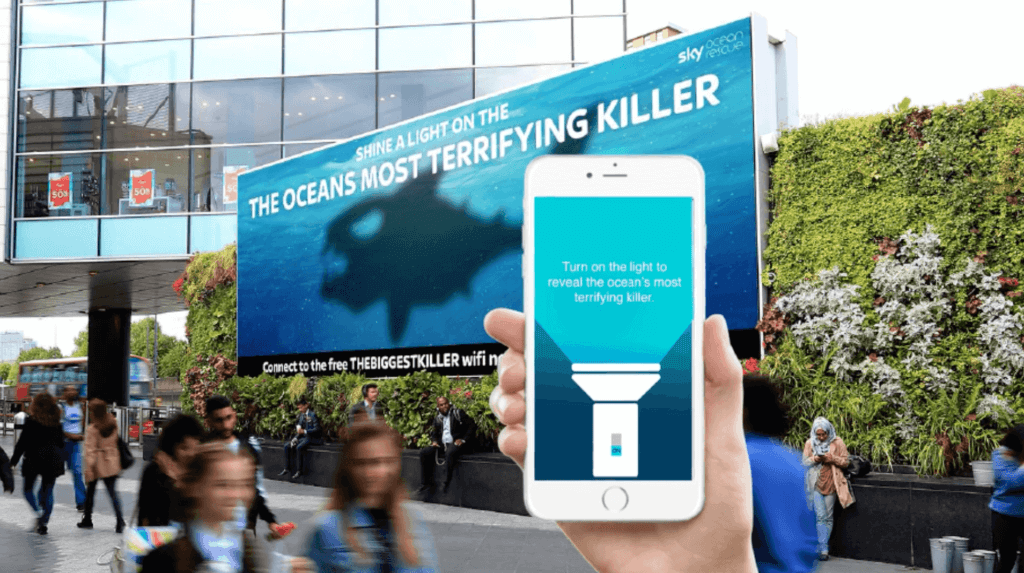In a time when our attention is always divided, outdoor advertising cuts through the noise. With its bold visuals and strategic placements, it has the power to make us pause, think, and even act. This form of advertising is not just about selling products; it’s a powerful tool for broadcasting educational messages and initiatives that can have a significant impact on a college campus.
Student life abounds with possibilities – enriching clubs, research symposiums, wellness initiatives – yet some go unnoticed amidst a flood of emails and flyers. Whether raising awareness about a critical issue, finding options to write my college essay, or promoting on-campus events, outdoor advertising allows for maximum visibility. We’ll discuss how compelling calls to action, paired with the dynamism of outdoor advertising, can drive change and spark dialogue across your campus.

Image source : unsplash
1. The Impact of Location
The success of an outdoor advertising campaign in an educational context depends on the strategic selection of location. Placing ads near college campuses, where they can catch the eye of the student body, maximizes visibility and ensures the message reaches its intended audience. For instance, a billboard near a popular student hangout or along pathways frequently traveled by students can significantly increase engagement.
Moreover, location goes beyond mere geography; it’s about understanding the student lifestyle and finding those spots where students are most likely to have a moment to absorb the message. Digital screens in cafeterias, bus stops used by students, and even park benches near campus can serve as prime real estate for educational campaigns. These are places where students often pause, offering a captive audience for your message.
2. Compelling Messages
The heart of any outdoor advertising campaign lies in its message. It should be concise, memorable, and impactful. For educational campaigns, the message needs to resonate with students on a personal level, addressing their needs, aspirations, or concerns:
- Use strong, action-oriented language;
- Incorporate relevant statistics or facts;
- Highlight benefits or solutions to student-specific problems;
- Ensure clarity of purpose and call to action;
- Utilize engaging visuals to complement the text;
- Keep the tone positive and empowering.
Following these guidelines can help create a message that inspires action.
3. Technology in Outdoor Advertising

Image source : Movia
Interactive digital billboards or QR codes that lead to a website or video add an element of engagement that traditional billboards lack. This approach grabs attention and encourages immediate interaction, making the advertising experience more dynamic and memorable.
Furthermore, technology allows for targeted messaging. Digital screens on campus can display different messages at different times of the day, catering to the changing demographics of the audience. For example, an ad for a morning yoga class could run early in the day, while a reminder about a late-night study session in the library could appear in the evening.
4. Visuals
Visual factors are crucial in the effectiveness of outdoor advertising. Bright colors, bold fonts, and compelling images can make an advertisement stand out, but they must be chosen with the audience in mind. For educational campaigns aimed at students, visuals that are relatable and reflective of student life can create a stronger connection.
In addition, incorporating elements of humor or creativity can make advertising more unforgettable. A clever play on words or an amusing illustration that relates to the struggles and triumphs of student life can leave a lasting impression, making the campaign more effective in conveying its message.
5. Engaging the Community
Community engagement is vital for the success of educational campaigns.
- Partner with student organizations for a wider reach;
- Host competitions or challenges related to the campaign theme;
- Encourage social media sharing with campaign-specific hashtags;
- Offer incentives for participation, like discounts or prizes;
- Collaborate with local businesses frequented by students;
- Utilize feedback from the student body to refine the campaign;
- Promote events or workshops that tie into the campaign’s message.
Engaging the community creates a sense of ownership and involvement among students, making the campaign more than just an advertisement—it becomes a part of the student experience.
6. Sustainability and Ethical Considerations
In implementing outdoor advertising campaigns, especially on college campuses, it’s crucial to evaluate their environmental effect. Using sustainable materials for physical advertisements and ensuring digital ads are powered by green energy can minimize the campaign’s ecological footprint.
Moreover, the content of the advertisement should promote positive and inclusive messages that contribute to the well-being of the student community. Marketing students can learn to write compelling messages with the best research paper writing service for targeted ads and maximum impact. Campaigns should aim to uplift and inform, avoiding any form of exploitation or misinformation. By adhering to these principles, educational campaigns can maintain integrity and foster a positive and supportive campus environment.
Conclusion
Outdoor advertising in educational settings transcends the traditional boundaries of marketing, morphing into a tool for empowerment, information, and community building. As it evolves with technological advancements and creative strategies, its potential to support and enhance the student experience is unparalleled. By thoughtfully integrating messages that resonate with the student body, such campaigns not only inform but also contribute to a supportive campus atmosphere.


